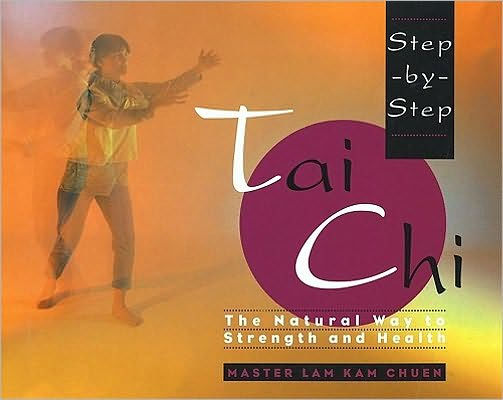Read an Excerpt
Chapter 1
FUNDAMENTAL MOVEMENTS
This set of basic exercises is designed to relax and tone all the major joints in your body. Starting with the neck, you work down through your entire frame. For the best results from these exercises, you should work through the full set in the correct order.
The movements are simple to learn. Most of them are based on the natural action of the joints when they are relaxed and free from tension. For this reason, if you are just starting to learn Tai Chi you should begin with this sequence to ensure that you develop a good foundation of smooth, relaxed movement.
These fundamental exercises are presented in a way that will be particularly helpful to anyone who has never done slow exercise before. They are ideal if you are out of shape, recuperating from an illness or a physical injury, or are elderly. Follow the instructions carefully, go slowly, and don't strain yourself in any movement and the benefits can be remarkable.
The exercises are based on two principles. First, there is a great deal of tension in our joints and their associated muscles. It is essential, therefore, to learn how to relax these areas in order to keep them supple and to help overcome the damaging effects tension has on the body. Second, all our major energy pathways pass through the joints. If tension exists there, then the natural flow of energy in the body will be blocked, leading to increased stress and, eventually, illness. So these exercises, simple as they may seem at first, meet some of our most fundamental needs.
Each exercise is described in detail, including the starting position for each, the precise movement, the pauses, and the all-important concluding moments of stillness. Many of these features are common to each exercise, but they are repeated so that you can be sure that at each stage you know exactly what you are supposed to be doing.
EXERCISE ROUTINES
Working through the full set of 18 fundamental exercises gently and slowly, as described on the preceding pages, takes just under 10 minutes. You should start at this level, carefully making all the movements in order, pausing briefly in between each one, until you are familiar with the full set. The number of repetitions to start with for each exercise is set out in Level 1 on the chart opposite.
If you are unfamiliar with this type of slow exercise, or you are out of shape, in poor health, or elderly, take your time and do them as gently as possible. This way, without straining yourself, you will start to make progress each time you do them. Some people may prefer to remain at this basic level, doing the movements as best they can. Even if this is the only exercise you can take, it will be of great benefit to you.
Once you are familiar with the exercises, and if you find that you can do them fairly easily, there are two further levels set out on the chart opposite. So, for example, you proceed to making four gentle circles of the head at Level 2, then six circles at Level 3, and so on. Maintain the calm, steady pace throughout. It is essential for Tai Chi exercise that you keep to the discipline of doing all movements slowly and evenly.
Try to do these exercises every day. The continuous repetition will make all the difference to your health and it will progressively relax your body and mind.
Copyright © 1994 by Master Lam Kam Chuen



